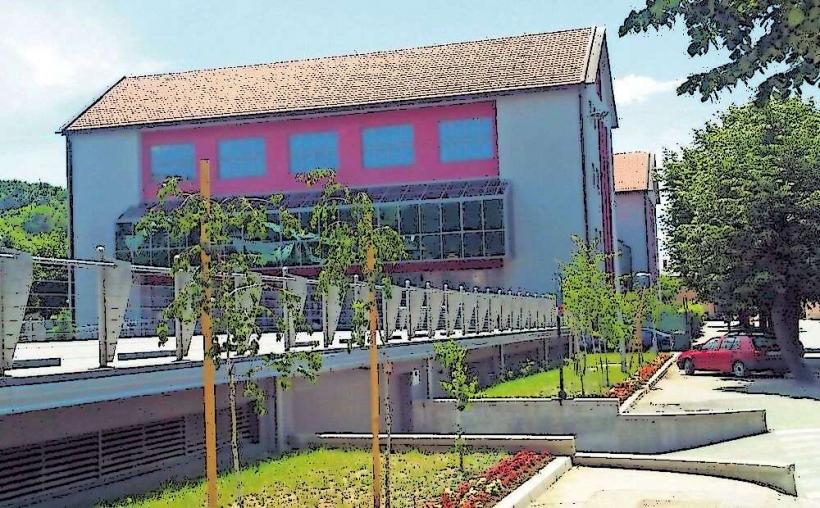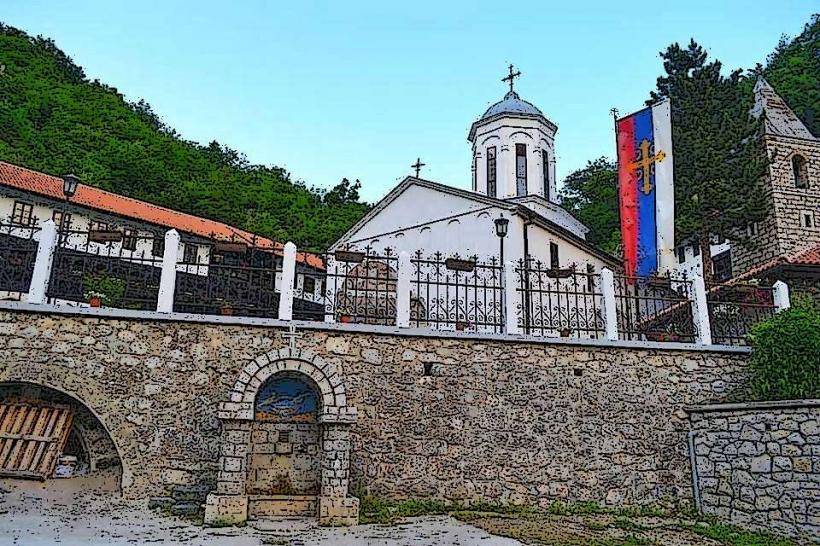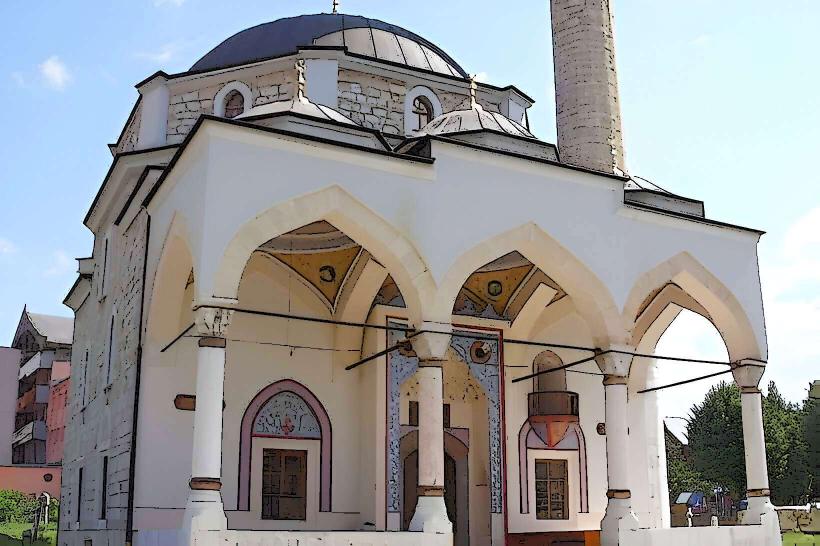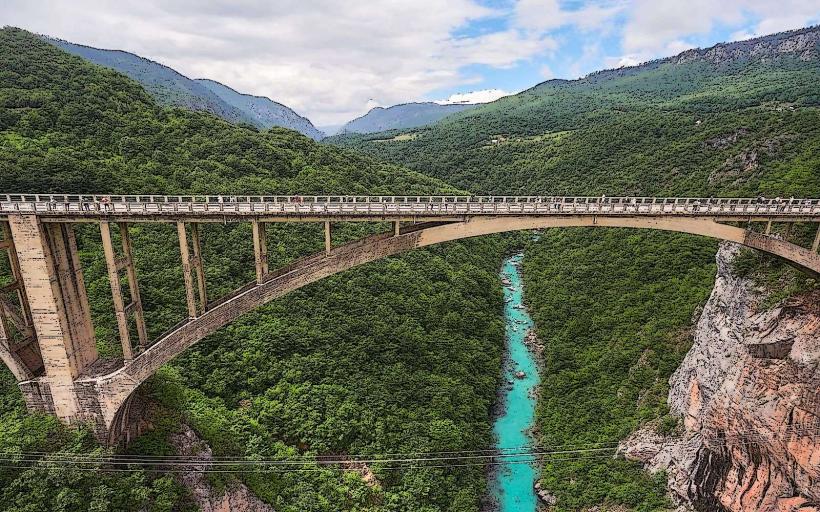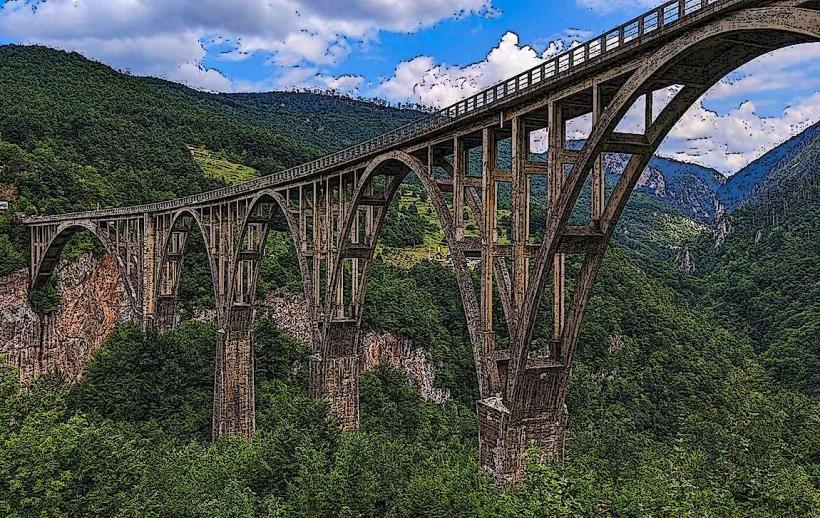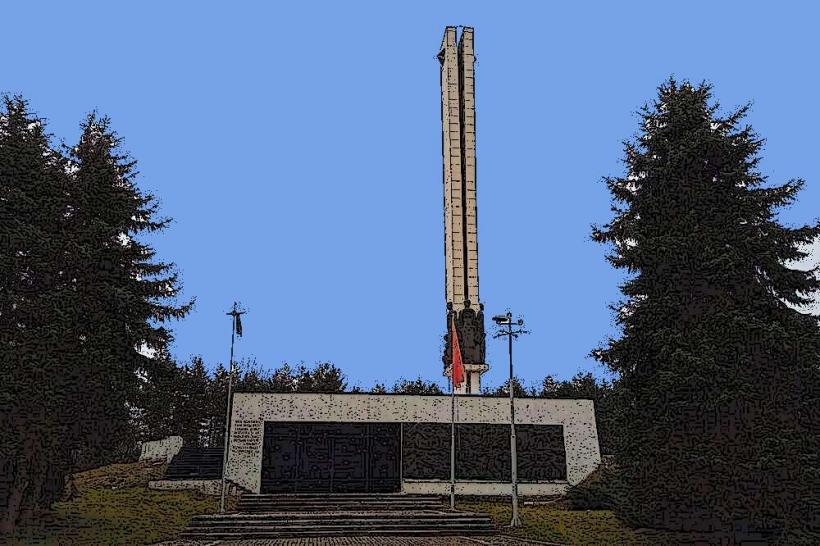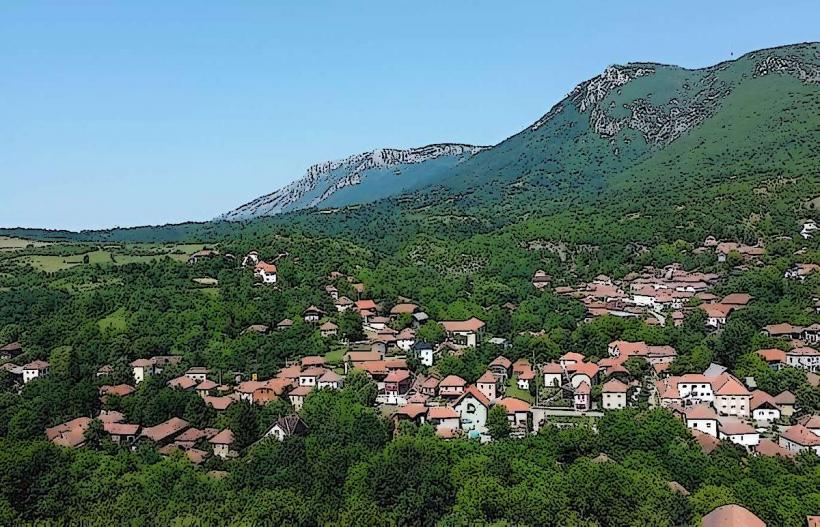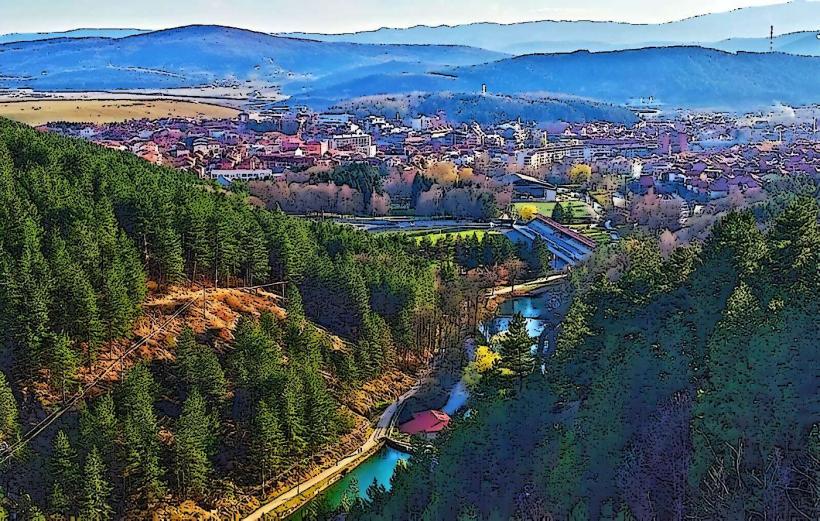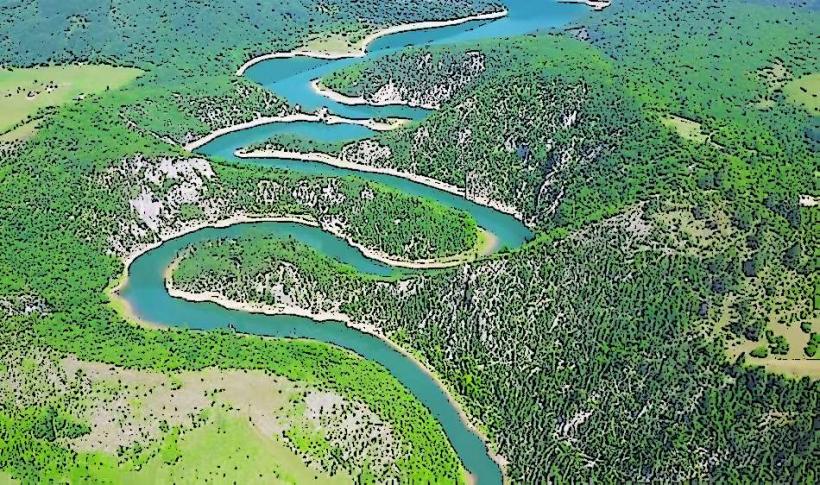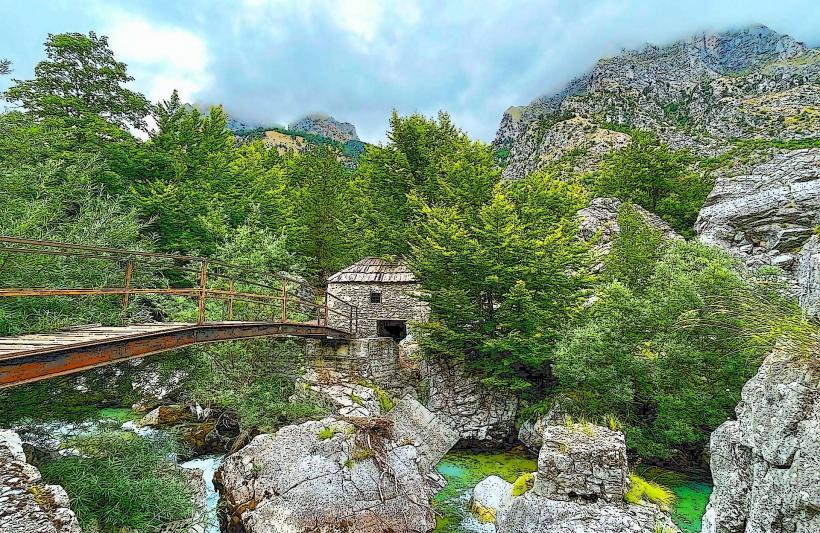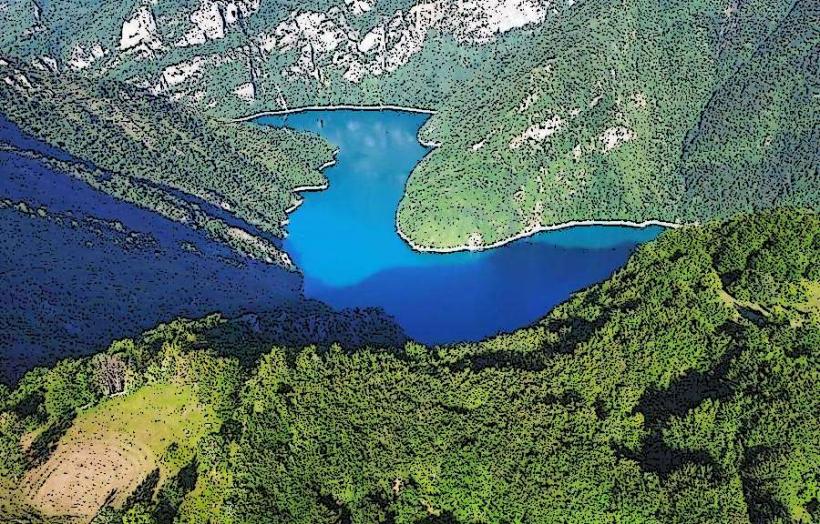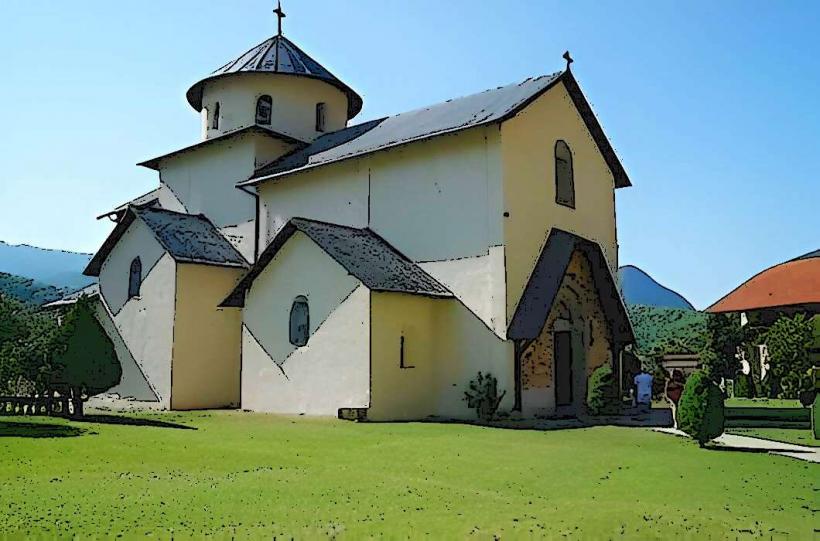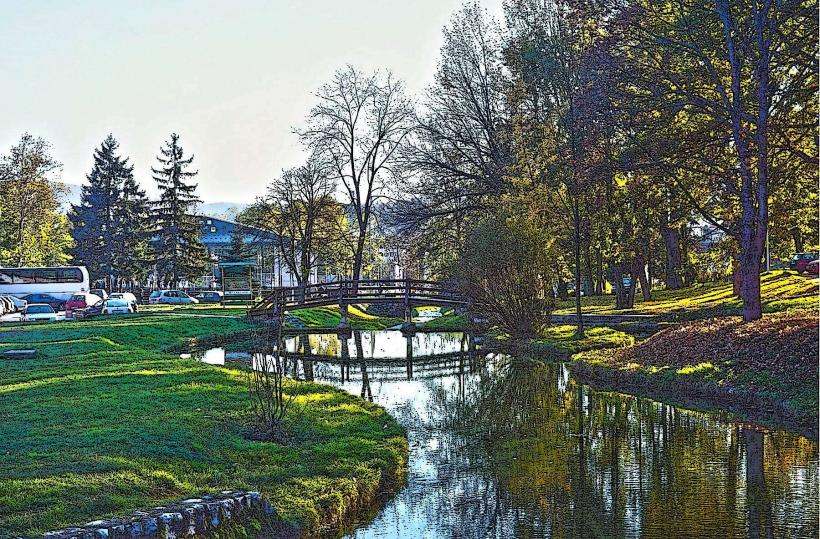Information
City: PljevljaCountry: Montenegro
Continent: Europe
Pljevlja is a town and municipality located in the northeastern part of Montenegro, near the border with Bosnia and Herzegovina. Known for its rich history, beautiful natural surroundings, and industrial significance, Pljevlja is one of Montenegro's important urban centers, both historically and economically.
Geography and Climate
Pljevlja is situated in the Bjelopavlići Valley, surrounded by the Ljubisnja and Tari mountains. The town is located at an altitude of about 800 meters (2,625 feet), which gives it a temperate climate with four distinct seasons. The winters can be quite cold and snowy, while the summers are generally mild and pleasant. The region is rich in forests, rivers, and lakes, providing stunning scenery and ample opportunities for outdoor activities.
History
Pljevlja has a long and diverse history, with evidence of settlement dating back to Roman times. The town's strategic location at the crossroads of trade routes between the Adriatic and the Balkans contributed to its development and importance throughout history.
During the Ottoman Empire period, which lasted from the 15th to the 19th century, Pljevlja was an important administrative and military center. It was known for its role as a crossroads of different cultures, and this period had a lasting influence on the architecture and culture of the town.
In the 19th century, Pljevlja became part of the Kingdom of Montenegro and later the Kingdom of Yugoslavia. During the Socialist Federal Republic of Yugoslavia, the town saw significant industrial growth, particularly in coal mining and energy production, which continue to be key industries today.
Economy
Pljevlja's economy is primarily based on mining, energy production, and agriculture. The town is home to one of the largest coal mines in Montenegro, which feeds the Pljevlja Thermal Power Plant, a significant source of electricity in the region. The mining industry has been a major contributor to the local economy, though environmental concerns have arisen due to the impacts of mining on the surrounding area.
Agriculture also plays a vital role, with the fertile valleys and hills around the town supporting the cultivation of crops like grains, vegetables, and fruit. Livestock farming, particularly cattle and sheep, is also important in the region.
Culture and Heritage
Pljevlja has a rich cultural heritage, influenced by its historical connections to various civilizations, including the Ottomans, Serbs, and Bosniaks. The town has several cultural institutions and historical landmarks that highlight its diverse past.
Key Cultural Highlights:
The Monastery of St. George: This Serbian Orthodox monastery, located near Pljevlja, dates back to the 16th century. It is one of the most important religious sites in the region and is known for its beautiful frescoes and historical significance. The monastery complex also houses a museum displaying religious artifacts and artwork.
Pljevlja Mosque: Built during the Ottoman era, this mosque is an important religious and cultural landmark in the town. Its architecture reflects the Ottoman style, with a large central dome and tall minaret.
The Church of the Holy Trinity: This Serbian Orthodox church was built in the early 20th century and is an example of the Serbian National Revival style. It is an important religious site for the local Orthodox Christian community.
The Pljevlja City Museum: This museum houses a collection of artifacts from the town's long history, including exhibits on the town's Roman, Ottoman, and Montenegrin heritage. The museum provides insight into the cultural and historical development of the region.
Kolešino Monastery: A small, peaceful monastery located a short distance from the town, known for its serene atmosphere and historical frescoes.
The Pljevlja Cultural Center: A hub for cultural activities in the town, the center hosts exhibitions, concerts, and performances that celebrate the local culture and traditions.
Nature and Outdoor Activities
Pljevlja is surrounded by stunning natural beauty, including mountains, forests, and rivers, which make it an ideal destination for outdoor enthusiasts. The town is close to several nature reserves and protected areas, offering opportunities for hiking, fishing, and wildlife spotting.
The Tara River: The Tara River, which flows near Pljevlja, is known for its crystal-clear waters and scenic beauty. The river is part of the Tara River Canyon, a UNESCO World Heritage site and one of the deepest canyons in the world. The Tara River is a popular spot for white-water rafting, and the surrounding region offers numerous hiking trails.
The Bjelasica Mountains: The nearby Bjelasica Mountains offer hiking opportunities in the summer and skiing in the winter. The mountains are home to diverse flora and fauna, including rare species of birds and plants.
The Crno Jezero (Black Lake): Located in the nearby Durmitor National Park, Crno Jezero is a picturesque mountain lake surrounded by dense forests. It is a popular spot for hiking, swimming, and relaxation.
Transportation
Pljevlja is well-connected by road to other towns and cities in Montenegro. It is approximately 220 kilometers (137 miles) north of Podgorica, the capital, and about 70 kilometers (43 miles) from Bijelo Polje, which is a key junction for transport routes in northern Montenegro.
The town is accessible by bus, and there are local roads that connect Pljevlja to other towns in the region, including those in Serbia and Bosnia and Herzegovina. The nearest airport is in Podgorica, and international travelers can fly into Belgrade Nikola Tesla Airport or Tivat Airport, both of which are a few hours’ drive away.
Conclusion
Pljevlja is a town that combines industrial significance with natural beauty and rich cultural heritage. Its history as a crossroads of various civilizations, along with its importance in the mining and energy sectors, make it a unique destination in Montenegro. Visitors to Pljevlja can enjoy exploring its historical landmarks, such as the Monastery of St. George and the Pljevlja Mosque, as well as the surrounding natural beauty, including the Tara River Canyon and the Bjelasica Mountains. Whether you are interested in history, outdoor adventures, or simply experiencing life in a traditional Montenegrin town, Pljevlja offers something for every traveler.

